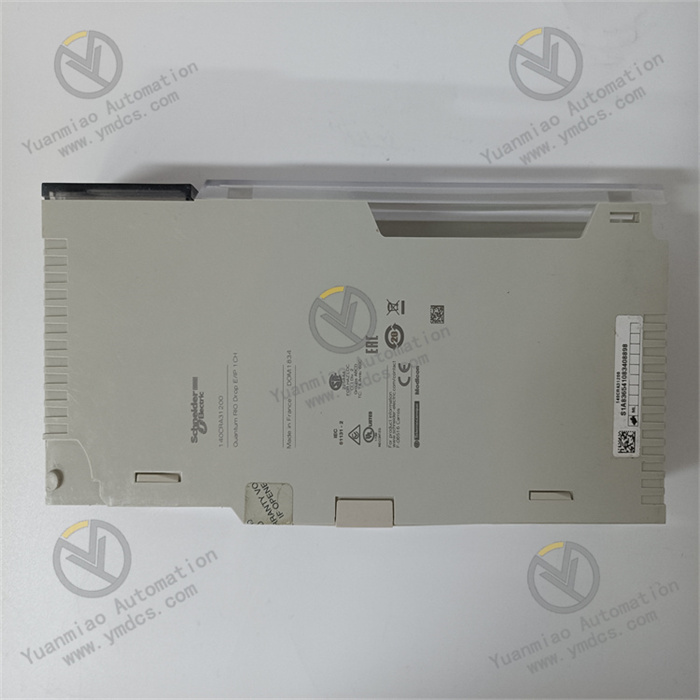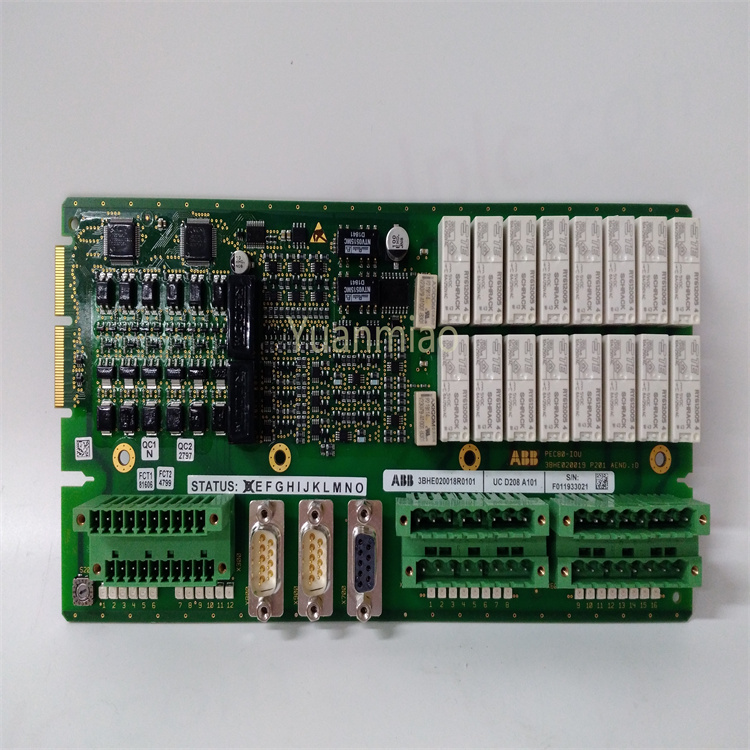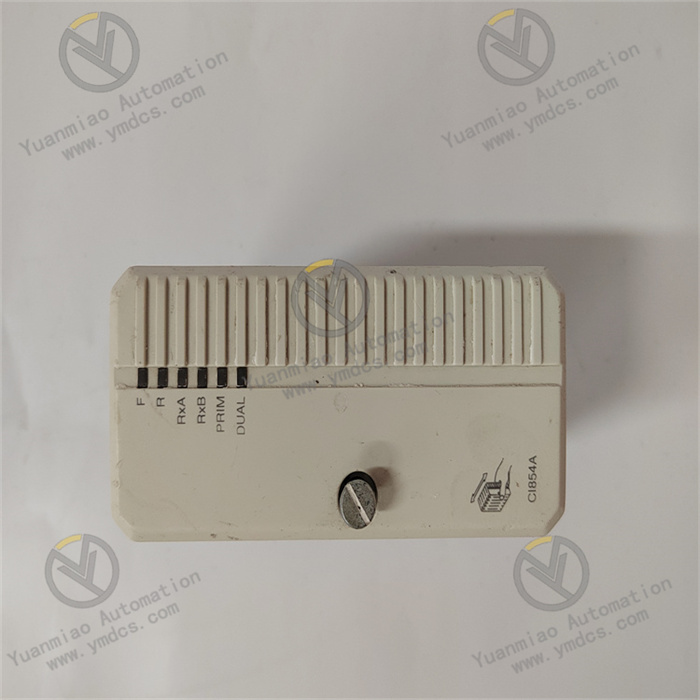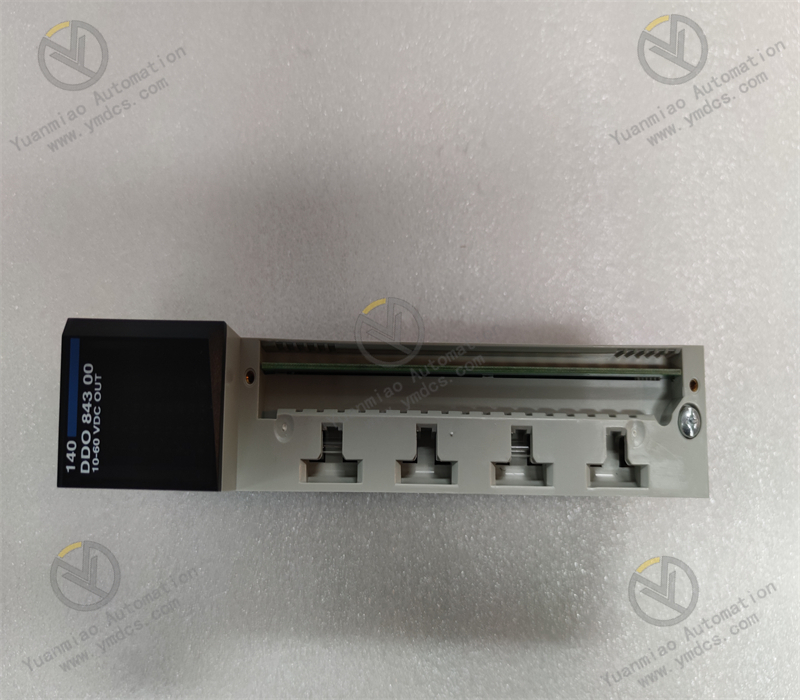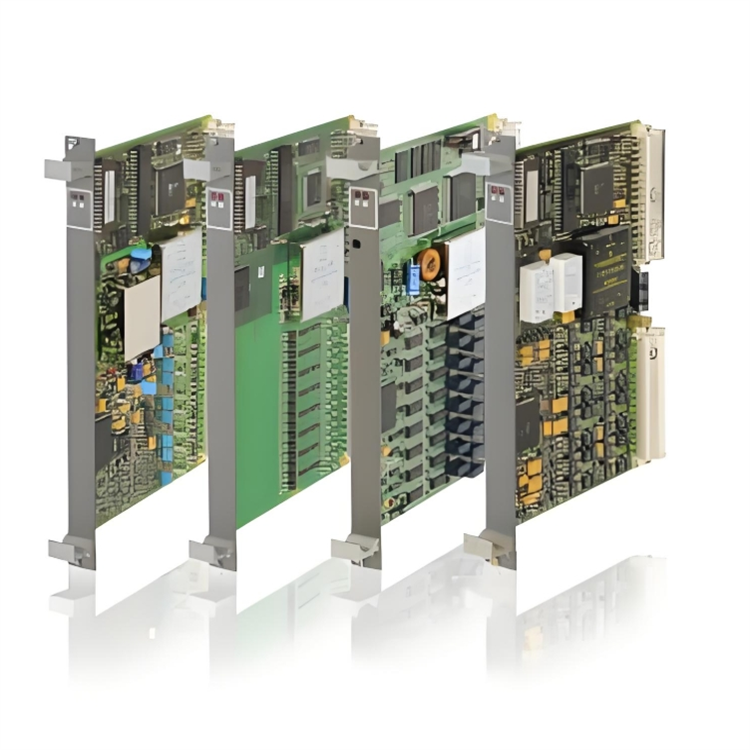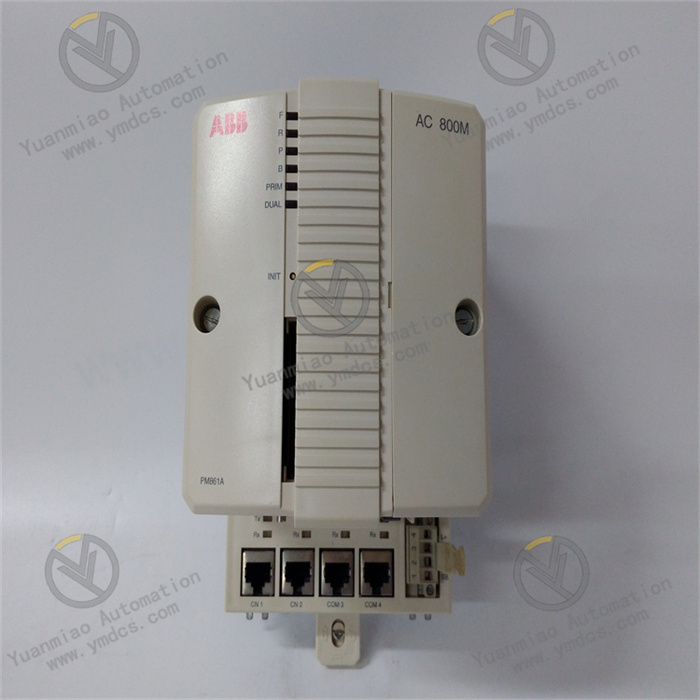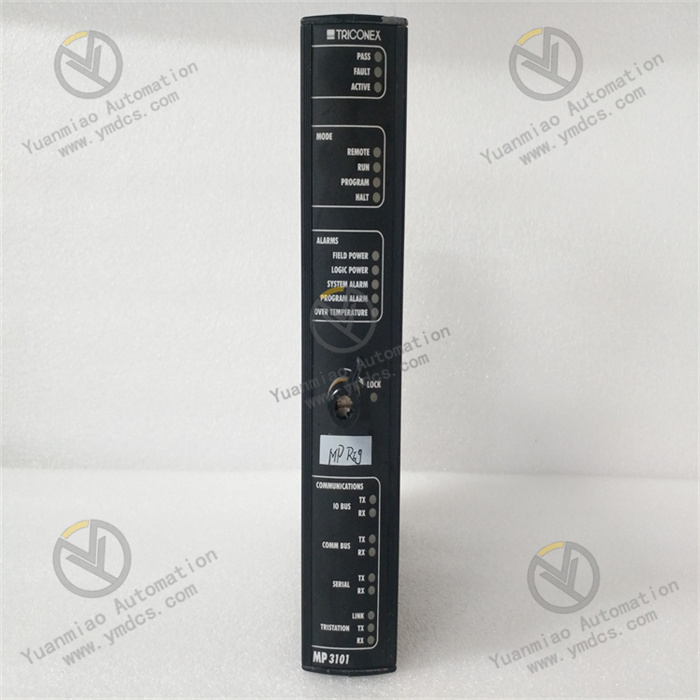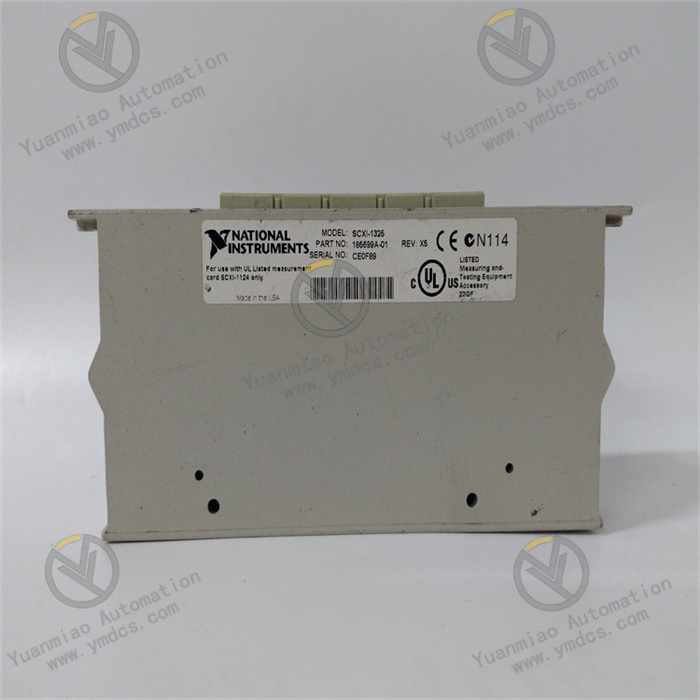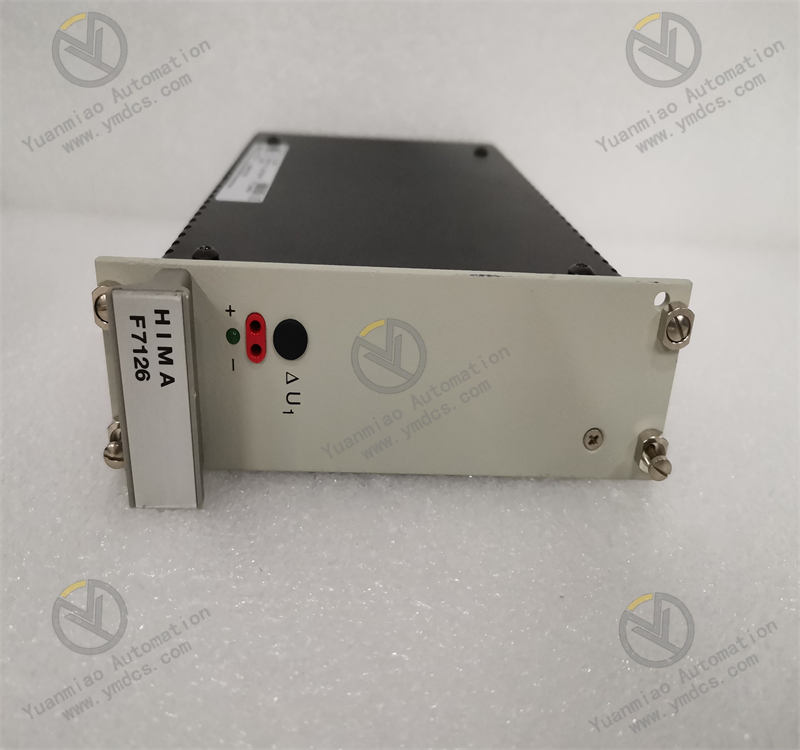Description
GE IC695CPE310-ABAD
I. Product Overview
II. Functional Features
Flexible and diverse programming environment: It supports multiple IEC - approved programming languages, such as ladder diagrams, structured text, and function block diagrams, and is also compatible with C language programming. This rich range of programming options fully considers the programming habits and skill levels of different engineers. No matter which programming paradigm the user is good at, they can easily get started and flexibly choose the most suitable programming language to write control programs according to the actual needs of the project, which greatly improves programming efficiency and reduces development difficulty.
Adequate memory configuration: It has 10 MB of user memory, including a battery - powered memory, which can ensure that key data is not lost when the system is powered off, thus ensuring data integrity and security. The sufficient memory space provides strong support for storing complex application programs, a large amount of process data, and historical records, meeting the needs of data storage and processing in industrial automation systems during operation. In addition, this module also has 32K discrete I/O and 32K analog I/O memory, which can efficiently manage and process a large number of input and output signals from on - site equipment.
Rich communication interfaces and protocol support: It is equipped with an Ethernet communication port, supporting a data transmission rate of 10/100 Mbps and having an auto - negotiation function, which can easily perform high - speed data interaction with other devices or control systems with Ethernet interfaces, realizing remote monitoring and centralized management. At the same time, it has two serial ports, RS - 232 and RS - 485, supporting multiple serial communication protocols such as SNP, serial I/O, Modbus slave and master. It can communicate reliably with various on - site devices, such as sensors, actuators, and intelligent instruments, meeting the diverse communication needs in different industrial scenarios.
Convenient diagnosis and maintenance functions: The device shell is equipped with clear and readable LED indicators. When the device is powered on and running, it intuitively feeds back the working status of the device through different colors (green, red) and states (on, off, flashing), helping operation and maintenance personnel quickly locate faults, efficiently troubleshoot problems, and timely understand the system operation status. In addition, it supports hot - swapping function, allowing the module to be replaced directly during system operation, reducing downtime and improving system availability. At the same time, it provides advanced diagnostic tools to provide strong support for fault diagnosis and repair in complex application scenarios, reducing maintenance costs.
Good scalability: It supports the installation of up to eight local racks, which can flexibly expand the system scale. By cooperating with various I/O modules and intelligent option modules, it can easily adapt to industrial automation projects of different scales. From small - scale automated production lines to large - scale complex industrial control systems, it can easily meet their needs for I/O points and function expansion, reserving sufficient space for enterprises' future production scale expansion and system upgrading.
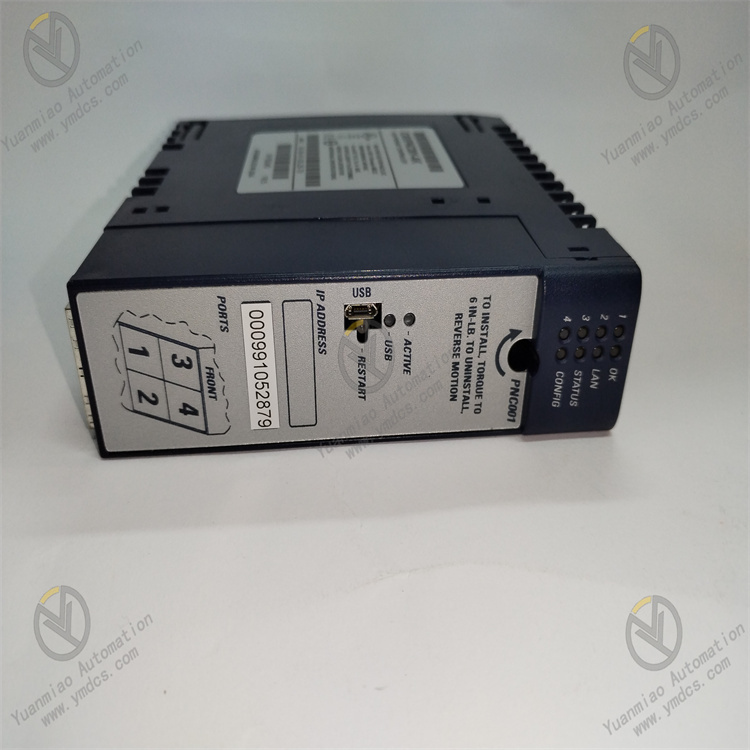
III. Technical Parameters
Power supply requirements: The working voltage supports 3.3 VDC, 5 VDC, or 24 VDC, which can be adapted to common industrial power supply systems, ensuring stable operation in different power supply environments. The current is 1 ampere at 3.3 VDC, 1.2 amperes at 5 VDC, and 0.5 amperes at 24 VDC.
Power consumption: The power consumption in normal working state is within a reasonable range. Although the specific value is not accurately given, based on the comparison of hardware configuration and similar products, it focuses on energy saving in design to reduce long - term operation costs.
Performance parameters:
Processor speed: The 1.1 GHz processor frequency provides strong power for data processing and computing, ensuring the system's rapid response.
Processor speed: The 1.1 GHz processor frequency provides strong power for data processing and computing, ensuring the system's rapid response.
Boolean execution speed: The execution time for every 1000 Boolean instructions is 0.72 milliseconds, which can efficiently complete logical judgment operations.
I/O processing capability: It can process up to 32K bits of discrete input and output signals (marked as %I and %Q in the program) and 32K words of analog input and output capacity, realizing comprehensive monitoring and control of on - site equipment.
Memory parameters:
User memory: A total of 10 MB is used to store user - written control programs, running data, etc. Among them, the battery - powered non - volatile memory can ensure that data is not lost in case of power failure.
User memory: A total of 10 MB is used to store user - written control programs, running data, etc. Among them, the battery - powered non - volatile memory can ensure that data is not lost in case of power failure.
I/O memory: 32K bits of memory space are allocated for discrete I/O, and 32K words of memory space are allocated for analog I/O, which reasonably plans memory resources to meet the storage and processing needs of different types of I/O data.
Communication parameters:
Ethernet interface: It has an RJ - 45 Ethernet interface, supporting a communication rate of 10/100 Mbps, supporting the SRTP protocol, and having an auto - negotiation function, which can realize data communication with other devices in the Ethernet network.
Ethernet interface: It has an RJ - 45 Ethernet interface, supporting a communication rate of 10/100 Mbps, supporting the SRTP protocol, and having an auto - negotiation function, which can realize data communication with other devices in the Ethernet network.
Serial ports: It has two serial ports, RS - 232 and RS - 485, supporting multiple serial communication protocols such as SNP, serial I/O, Modbus slave and master, and can connect different types of serial devices.
Physical parameters:
Dimensions: (The specific size values are not clearly given, but as an industrial module, it is compactly designed to fit the installation space of standard industrial control cabinets, facilitating integration into various automation systems).
Dimensions: (The specific size values are not clearly given, but as an industrial module, it is compactly designed to fit the installation space of standard industrial control cabinets, facilitating integration into various automation systems).
Weight: (The specific weight is not mentioned, but it is inferred to be relatively lightweight in design for easy installation and transportation).
Environmental parameters:
Working temperature: The working temperature range is - 20°C to + 60°C, which can adapt to temperature changes in most conventional industrial environments and can work stably in scenarios such as high - temperature workshops or cold outdoors.
Working temperature: The working temperature range is - 20°C to + 60°C, which can adapt to temperature changes in most conventional industrial environments and can work stably in scenarios such as high - temperature workshops or cold outdoors.
Humidity: (Although the humidity range is not clearly specified, referring to similar industrial products, it has a certain moisture - proof ability and can operate normally under common industrial environmental humidity).
IV. Working Principle
Signal processing and computing stage: The received analog signals are quickly converted into digital signals by a high - precision analog - to - digital converter inside the module, and together with the directly input digital signals, they are processed by the 1.1 GHz Atom processor. The processor performs complex logical operations, data analysis, and judgment on these data according to the control program pre - written by the user and stored in the memory. In the chemical production process control, according to the sensor data such as temperature, pressure, and flow, the control quantity is calculated to judge whether the production process is in a normal operating state and whether it is necessary to adjust the equipment operating parameters.
Control instruction output stage: After calculation and judgment by the processor, if the system needs to control the on - site equipment, the processor immediately generates corresponding control instructions and transmits them to the corresponding I/O output module through the backplane. The output module converts the digital signals into analog signals or switching signals suitable for driving actuators, thereby controlling the actions of equipment such as motor start - stop, valve opening, and conveyor belt running speed, and realizing precise control of the industrial production process.
Communication interaction stage: Using the Ethernet interface and serial port, IC695CPE310 - ABAD conducts extensive data communication with other devices or systems. Through Ethernet, the collected equipment operation data, production process parameters, fault information, etc., are transmitted to the human - machine interface (HMI), monitoring system, or other upper computers in real - time, facilitating operators to grasp the system operation status in real - time and perform remote monitoring and management. At the same time, it receives control instructions, parameter setting updates, and other information from the upper computer to realize remote control and system optimization. Through the serial port, it conducts data interaction with on - site intelligent devices with serial communication interfaces, expanding system functions and improving the overall automation level.


